Your Guide to Picking the Perfect Metal Roof
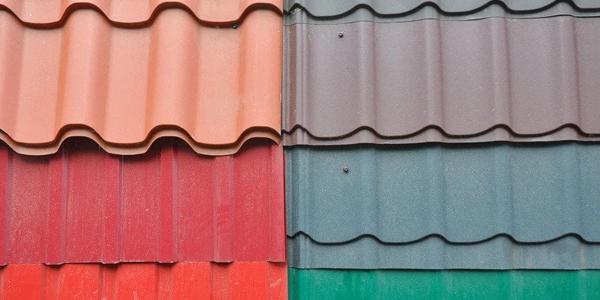
By Trevor Underwood, DECRA Metal Roofing.
Choosing the best metal roof for your home can be daunting, but DECRA is here to help!
Metal roofing is durable, energy-efficient and one of the longest-lasting roofing materials on the market. However, there are different styles and types of metal roofing.
Metal roofing lingo can be difficult to understand and the same term might be used for multiple different types of metal, making it challenging to distinguish between each type. For example, corrugated metal can also be referred to as sheet metal, screw-down panels, 5v crimp or exposed fastener roofing. Not to mention, corrugated metal can be made of aluminum, copper or steel.
Luckily, DECRA has put together a guide to help you understand roofing terminology better and find the perfect metal roof for your home. The guide goes over everything you need to know, including:
Two types of metal roofing fasteners
Before we jump into the different types of metal roofing, let’s start with an easy question: Which of the two metal roofing styles below do you prefer?
Insert the right roof (1)
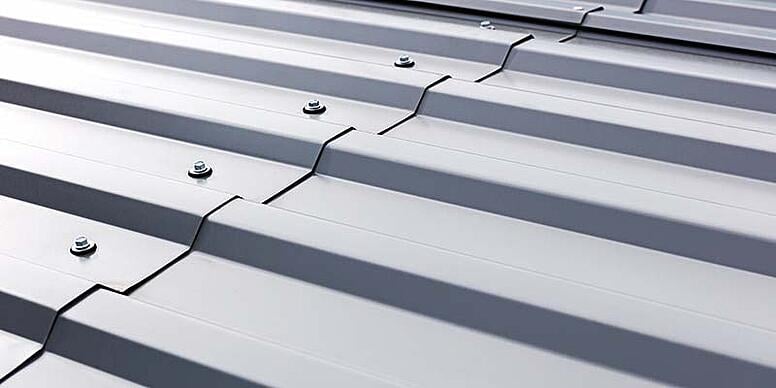
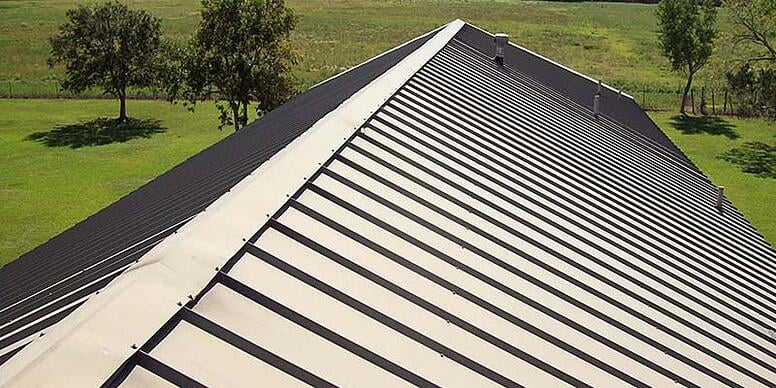
Metal roofs are firmly secured in place with fasteners. There are two styles of metal roofing fasteners to choose from: exposed fasteners or hidden fasteners.
The roof on the left has visible fasteners, also known in the roofing industry as an exposed fastener metal roof.
The roof on the right has hidden fasteners that are concealed underneath the panels.
As you can see, exposed fasteners have an industrial look whereas hidden fasteners offer a sleek, clean and polished appearance.
While both provide the durability and longevity that metal roofing is known for, there are a few other differences to consider.
Metal roofs are firmly secured in place with fasteners. There are two styles of metal roofing fasteners to choose from: exposed fasteners or hidden fasteners.
The roof on the left has visible fasteners, also known in the roofing industry as an exposed fastener metal roof.
The roof on the right has hidden fasteners that are concealed underneath the panels.
While both provide the durability and longevity that metal roofing is known for, they differ in aesthetics. Some types of metal roofing, such as stone-coated metal roofing, offer both exposed and hidden fastener styles allowing for a variety of design options.
Three types of metal roofing styles
Metal roofing can meet the design and architectural needs of practically any style. Here are the three most common types of metal roofing styles.
Corrugated metal roofing
The word corrugated refers to something that is “shaped into wavy folds or alternating furrows and ridges.” A corrugated metal roof is just that: metal sheets that are shaped into a corrugated pattern.
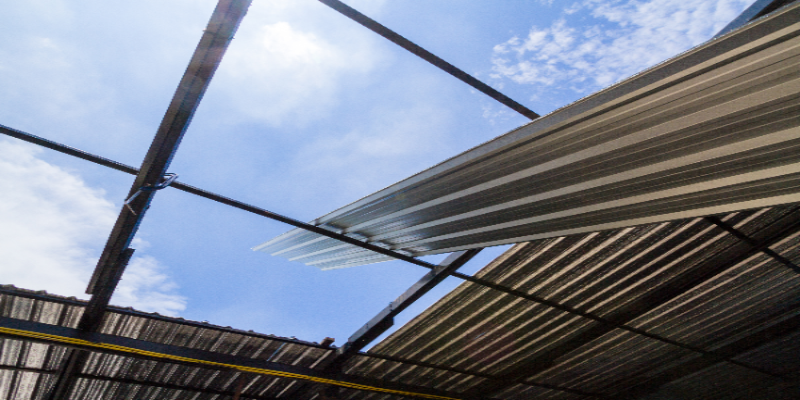
Most corrugated metal roofs are made from aluminum, though steel and copper are also used. Aluminum is the most popular type of corrugated roofing due to the fact that it’s less expensive than either steel or copper.
While steel and copper are stronger metals, the corrugated shape strengthens the aluminum sheets and results in a durable, long-lasting and affordable roof.
Corrugated metal roofs have exposed fasteners and industrial aesthetics.
Standing seam metal roofing
Standing seam metal roofs are wide, flat and vertical panels that have a rib on each end of the panel. Hidden fasteners under the ribs of standing seam panels create an interlocking roofing system to achieve a sleek and streamlined appearance that works well for cabins and contemporary-style homes.
Standing seam metal roofs are typically made with steel, but can also be made with aluminum or copper.
Since there are no exposed fasteners and the panels are interlocked, standing seam roofs don’t require much maintenance and have a much less-industrial look when compared to corrugated metal roofing.
Stone-coated metal roofing
Stone-coated metal roofing begins with sheets of steel that are then rolled into panels. The panels are then coated with stone granules to achieve the same texture, dimension and vivid colors of traditional roofing materials like asphalt shingles, clay tile and wood shake.
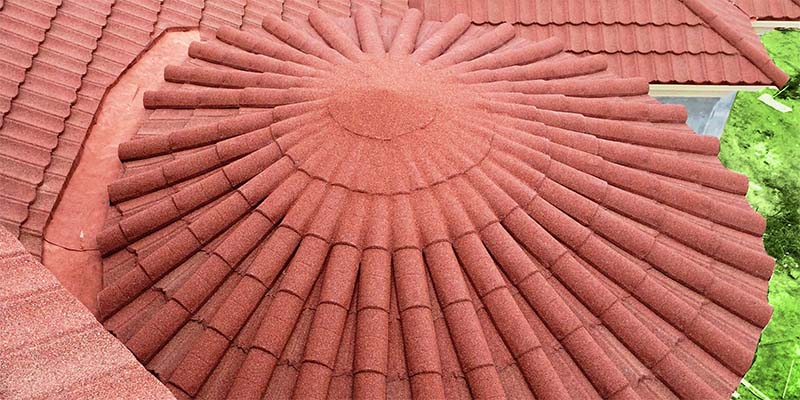
From architectural shingles to Spanish clay tiles to rustic cedar shakes, stone-coated metal roofing provides all the benefits of metal roofing without compromising style.
Stone granules provide more than just design versatility, they also:
-
Increase energy efficiency: Infrared pigments in the granules can increase the natural solar reflectance of steel for superior energy efficiency, as verified by the U.S. Department of Energy.
-
Eliminate the need for soundproofing: Unlike other metal roofs, stone-coated metal roofs are peacefully quiet when it rains. The stone granules create a sound-absorbing “cushion” that can eliminate the need for soundproofing materials
Four types of metal roofing materials
While stone-coated metal roofing is made of steel, corrugated and standing seam metal roofs can be made of aluminum, copper or steel.
Aluminum
Aluminum roofs are available in standing seam, corrugated panels, rolled sheets and aluminum shingles.
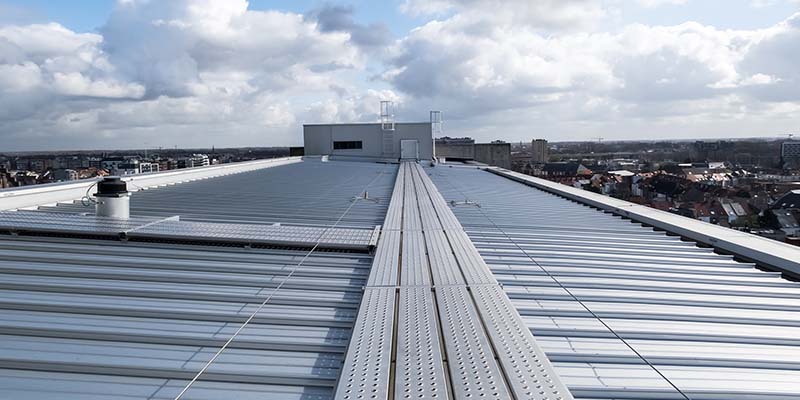
Aluminum roofs, like metal roofs in general, have exemplary fire and wind resistance along with superior energy efficiency ratings when compared to traditional roofing materials such as asphalt shingles.
Copper roofs
Copper is one of the most expensive metal roofing materials and while it’s easily deformable and suitable for most roof shapes, it comes with some challenges. For instance, uncoated copper roofs may tarnish like the Statue of Liberty, so it’s important to include an anti-tarnish clear protective coating as part of a new installation to preserve the original patina.
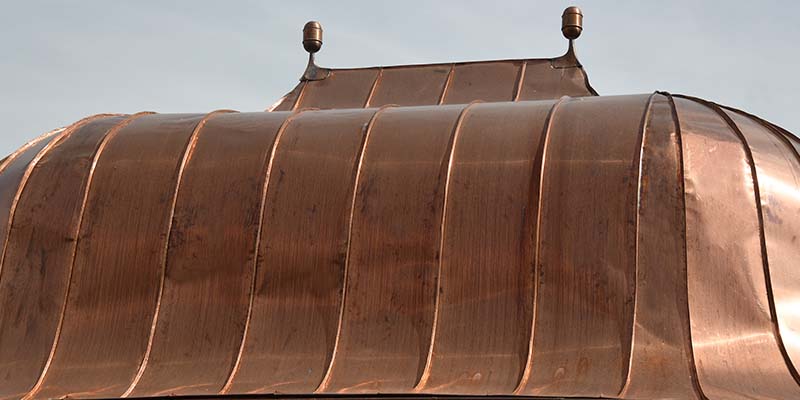
Zinc roofs
As mentioned earlier, zinc roofs haven’t gained traction in the U.S., however, they are the roof of choice for 70% of homes in Europe.
One of the biggest benefits of a zinc roof is that it forms an attractive surface patina that protects the zinc (and can even fill in minor scratches over time). Unfortunately, the hue of the final patina is unpredictable and zinc can turn gray or even blue depending on environmental conditions. Additionally, the time it takes for the protective patina to develop also varies greatly, ranging anywhere from two to 30 years.
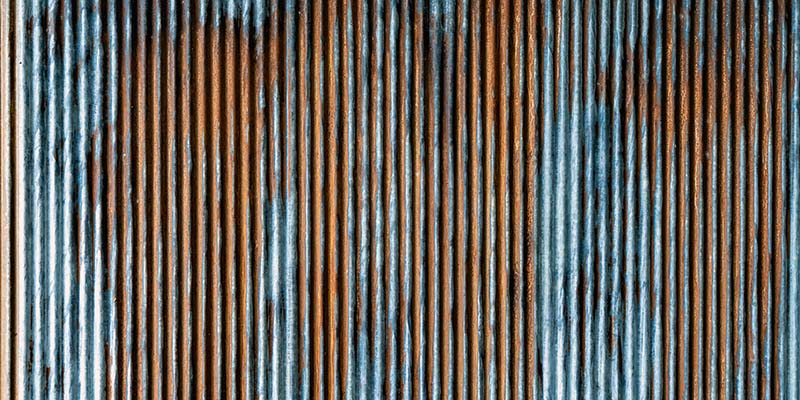
Stone-coated steel
Stone-coated metal roofing incorporates zinc and aluminum alloys in the manufacturing process with advanced acrylic formula granular bonding that keeps them free from rust and corrosion. Stone-coated steel requires little-to-no maintenance and is one of the most energy-efficient roofing materials on the market, thanks to the infrared-resistant granules in the stone coating.
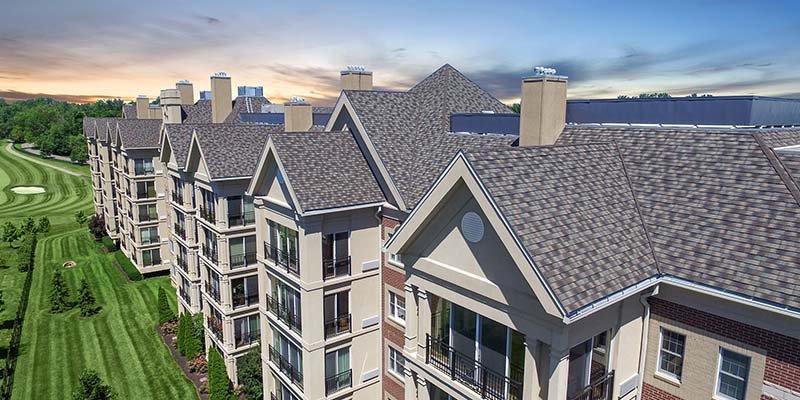
Have a question? AskARoofer.
Find your local roofing contractor in the RoofersCoffeeShop® Contractor Directory.
Original article source: DECRA Metal Roofing
About DECRA Metal Roofing
DECRA Metal Roofing products are engineered to bridge the gap between industrial durability and architectural beauty.
As the original stone-coated metal roofing manufacturer, DECRA metal roofs have withstood the test of time since 1957. Manufactured at our state-of-the-art facility in California, DECRA metal roofs are tested above and beyond the requirements to ensure the quality that DECRA is known for is present in each and every metal roofing panel we produce.
Want to see and feel the DECRA difference? Order a free sample. in the RoofersCoffeeShop® Contractor Directory.




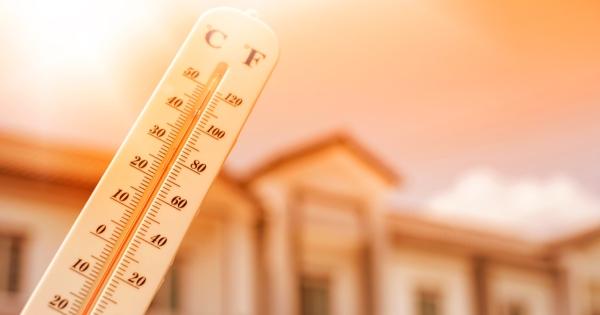
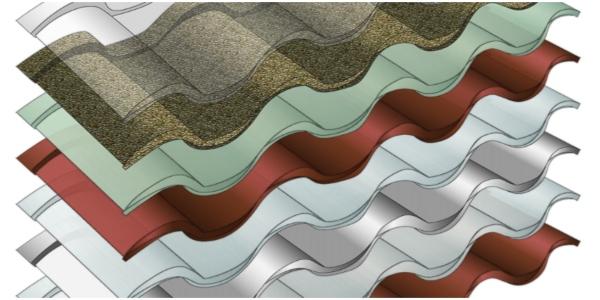
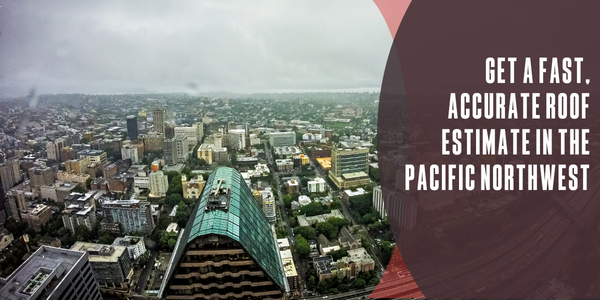



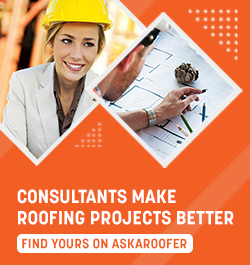
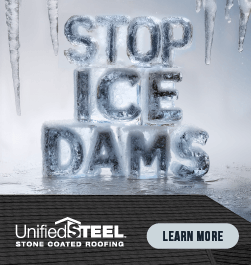

Comments
Leave a Reply
Have an account? Login to leave a comment!
Sign In